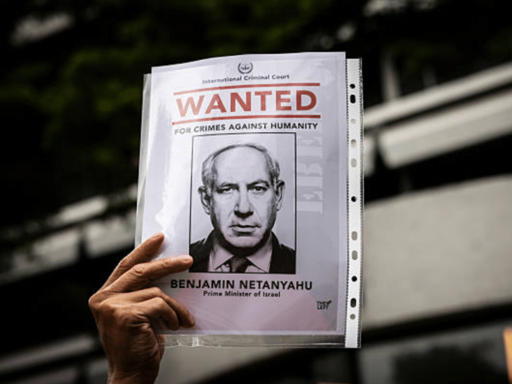For two full years, Israel waged one of the fiercest wars in modern history, a war described as a ‘slow-burn genocide.’ It used all kinds of prohibited weapons and relied on international intelligence agencies, yet failed to achieve its primary goal: recovering its prisoners from Gaza.
Since October 7, 2023, Israeli Prime Minister Benjamin Netanyahu framed his war on Gaza as a battle for “existence and security,” using the liberation of the prisoners as a pretext. However, after 735 days of continuous bombardment, Israel dropped more than 200,000 tons of explosives—the equivalent of approximately 13 Hiroshima bombs—over an area no larger than 365 square kilometres, turning Gaza into a scorched, lifeless wasteland.
The result, as revealed by the facts, was horrific: more than 67,000 martyrs and missing, 170,000 wounded, and the near-total collapse of civilian infrastructure.
Israel’s genocide
The Israeli failure here is multifaceted. First, it was a military failure in converting firepower into tangible political results. Second, it was an intelligence failure in locating the prisoners or securing routes leading to their recovery. Third, it was a moral and political failure, as this process produced bloodshed and destruction, perpetrated by a government that relied on war as the only solution to internal and political pressure.
On the other hand, what happened reflects the resistance’s tactical and organisational superiority: its ability to withstand a besieged structure, its ability to manage a sensitive issue such as the prisoners, and its ability to intelligently use information as a tool of pressure and dignity. The issue here is not just that the prisoners survived; rather, the resistance was able, in a single hour, to transform years of bombardment into a spectacle announcing the enemy’s failure to achieve its central goal.
In a moment that seemed to sum up the futility of two years of genocide, the Qassam Brigades announced the handover of living prisoners during the first phase of the ceasefire agreement—a move that effectively ended the war that force had failed to end.
Israel’s twisted actions
While Israel needed two years of bombing to fail to free a single prisoner, the resistance was able to hand over the living prisoners within just one hour, in a scene that observers considered:
a symbolic end to a futile war waged by Netanyahu in the name of electoral deception and political survival.
This was not merely a symbolic event; it was a stark reflection of the shifting balance of power. The resistance, besieged and cut off from electricity, water, and medicine, maintained its organisational, military, and intelligence capabilities until the very last moment.
Israeli military analyst Yaron Avraham bitterly remarked on Channel 12:
They had maps of Israeli army bases, so what’s so strange about them having the family numbers of soldiers?
This statement reads like an implicit admission of the failure of the Israeli military and intelligence establishment, which had spent two years searching in the dark. While Israel utilised satellites, aircraft, and artificial intelligence, the resistance was able to hide prisoners in a small, besieged territory completely exposed to the world.
How did Israel have the backing of the world and still fail?
As the tanks withdrew from the rubble, the most important question within Israel returned: How could a state with its entire military and technological arsenal fail, while the besieged resistance succeeded in preserving its prisoners and managing their situation intelligently and professionally?
Thus, the short communication from Gaza became something of a final statement of the war. Israel did not win with weapons, but was defeated by sound—a sound coming from under the rubble, carrying messages that did not require missiles to hit their targets.
Israel wanted to recover its prisoners to prove its strength, but its war ended to prove the opposite: that force does not provide security, that annihilation does not produce victory, and that Gaza, despite the ashes, is still capable of redefining the meaning of survival.
The conclusion is harsh: bombs do not restore spirit or build confidence. Massive firepower may destroy cities, but it does not guarantee political or intelligence results. More importantly, it does not deter a people built from its ashes with the capacity to endure and manage critical issues. Thus, after two years of annihilation, which Israel intended as a final resolution, the war did not empty its adversary; rather, it revealed that victory in the age of media and intelligence is not measured by destruction, but by the ability to protect people, narrate their stories, and capture them—a capacity the resistance succeeded in preserving when the state machinery failed.
Featured image via the Canary
By Alaa Shamali
From Canary via this RSS feed


